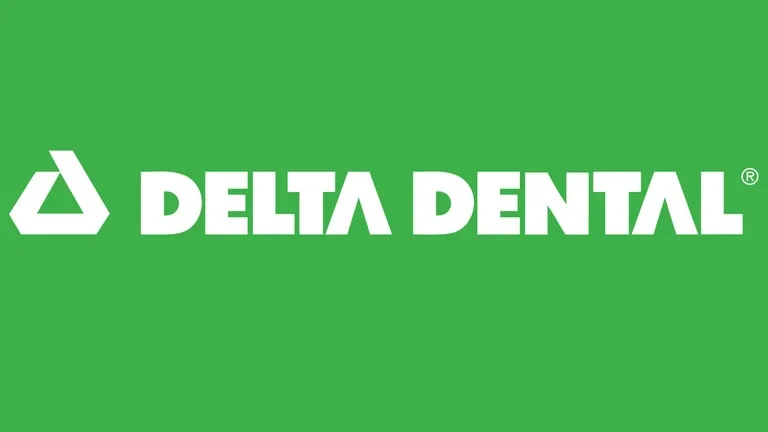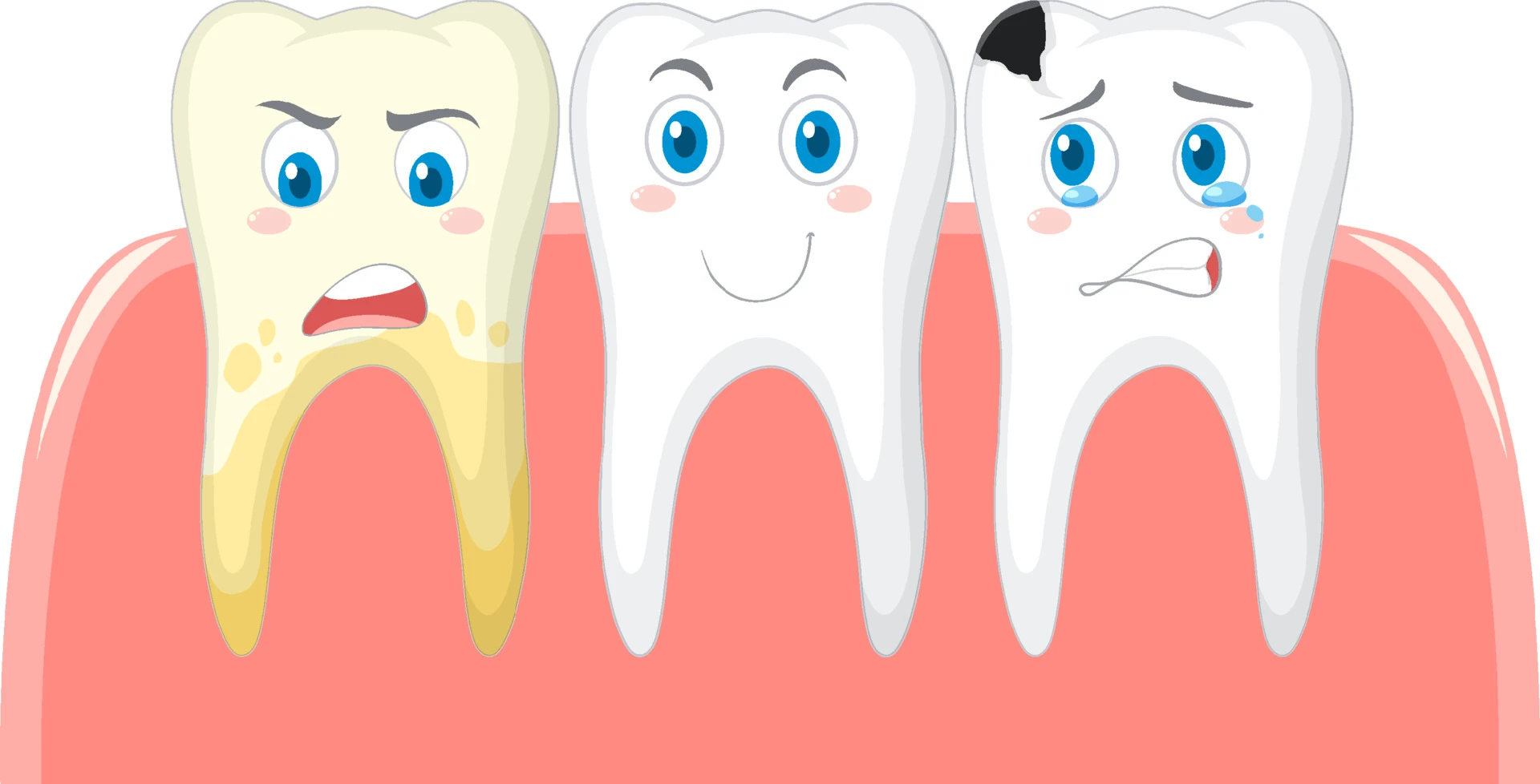1. Premium:
The premium is an essential component of dental insurance and represents the amount you pay on a monthly basis to maintain your dental coverage. Think of it as a regular fee you invest to ensure access to dental insurance benefits. Paying the premium grants you the peace of mind knowing that you have financial protection for your dental needs, whether it's routine cleanings, fillings, or more complex procedures.
2. Deductible:
When it comes to dental insurance, the deductible is the initial out-of-pocket expense that you need to cover before your insurance starts contributing towards your dental costs. Essentially, it's the amount you must pay first before your coverage takes effect. For example, if your plan has a deductible of $100, you'll need to pay that amount towards your dental treatments before your insurance begins to pay its share.
3. Co-payment:
A co-payment, also known as a co-pay, is a fixed fee that you are required to pay each time you receive dental services. This fee is in addition to any deductible or coinsurance that apply. It's important to note that co-payments can vary depending on the type of service you receive, such as a routine check-up or a more complex procedure.
4. Coinsurance:
Coinsurance refers to the percentage of the total cost of a dental service or treatment that you are responsible for paying after you've met your deductible. For instance, if your policy has a coinsurance rate of 20%, you would be responsible for paying 20% of the total cost, while your insurance would cover the remaining 80%.
5. Annual Maximum:
The annual maximum is the maximum amount of money that your dental insurance plan will pay towards your dental expenses within a given year. Once you reach this limit, you become responsible for any further costs. It's important to be aware of your plan's annual maximum to ensure proper financial planning for your dental care needs.
6. Network:
The network consists of a group of dentists and dental specialists who have an agreement with your dental insurance provider to provide services at negotiated rates. Dentists within the network are considered in-network providers, which generally leads to lower out-of-pocket costs for you as the insured individual. Checking if your preferred dental providers are in-network ensures you optimize your dental insurance benefits.
7. Preauthorization:
Preauthorization is a process where your dentist or dental provider submits a request to your dental insurance company prior to performing certain dental procedures. The insurance company reviews the request and confirms whether they will cover the procedure or not. This helps ensure that the treatment you're seeking receives approval for coverage before you move forward with it.
8. Exclusions and Limitations:
Exclusions and limitations in dental insurance refer to certain services or treatments that are not covered or have specific restrictions under your insurance policy. Reviewing these carefully helps you understand which dental services may not be covered or may have certain limitations in terms of coverage. It's crucial to familiarize yourself with these details to prevent any unexpected costs or misunderstandings.
A Real-life Example:
Let's consider an example of dental insurance to illustrate how these concepts work together. Meet Sarah, who has a dental insurance plan with a monthly premium of $50. Her plan has a $100 deductible, a 20% coinsurance rate, and an annual maximum coverage of $2,000.
Sarah visits her dentist for a routine check-up, which typically costs $200. As she hasn't met her deductible yet, she pays the full amount out of pocket. Now, she has $100 credited towards her deductible, which means she has $100 left to meet before her insurance coverage applies.
Later in the year, Sarah needs a filling that costs $300. Since she has already met her deductible, her insurance kicks in. With a 20% coinsurance rate, Sarah is responsible for 20% of the cost, which amounts to $60. Her insurance covers the remaining 80%, which is $240. Sarah pays her $60 coinsurance, and her dental insurance covers the rest.
As the year progresses, Sarah utilizes her dental insurance for various treatments, including cleanings and a root canal. She reaches her plan's annual maximum of $2,000 by the end of the year. At this point, any further dental expenses would be her responsibility.
Throughout this process, Sarah ensures she visits dentists within her plan's network to maximize her insurance benefits. She also checks her plan's exclusions and limitations to understand any specific treatments that may not be covered or have restrictions.
This example highlights how Sarah's dental insurance plan involves paying a monthly premium, meeting a deductible, paying a coinsurance percentage, and reaching an annual maximum, all while considering the network of providers and being mindful of exclusions and limitations within the policy.



